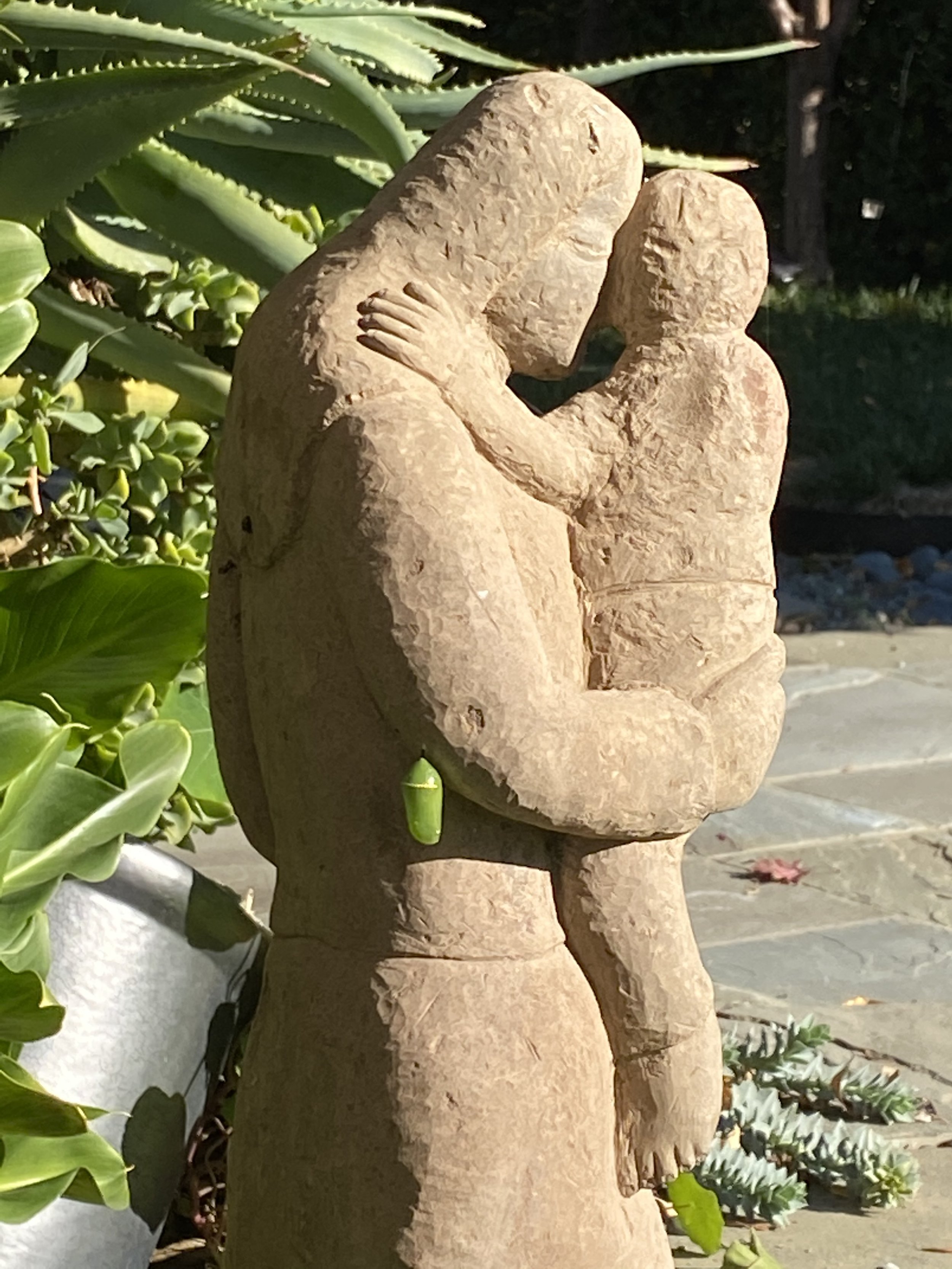What is a Wildscape?
Wildscaping is a both a philosophy and a science. It’s the notion that landscapes can be beautiful and functional, offering a healthful refuge for humans and local wildlife. Wildscapes use organic, regenerative practices, where naturally occurring ecosystems are supported, not altered or depleted.
Wildscapes combine the artistry of horticulture and the science of soil biology. By creating rich, healthy soil, a world of microorganisms regulate carbon, provide nutrient dense food, increase water retention, and create resilience to pests, disease and a harsher climate. Teeming with vitality and harmony, Wildscapes offer hope in a challenging environment.
At Wildscape Designs, we share our passion for ecologically responsible garden practices that help connect organic, pesticide-free pollinator corridors, without which our food supply is at risk of critically low yields. Our designs follow guidelines provided by the National Resources Conservation Service and can be certified by the National Wildlife Federation.
About Wildscape Designs
Landscape architecture and design services for Marin County, CA.
Influenced by the gardens of Japan but educated about sustainable design practices for the numerous Mediterranean micro-climates of the Bay Area, I have adopted a “California Zen” approach to the landscape. From entrances to outdoor living spaces, each area should have a unique architectural signature to reflect the homeowner’s aesthetic while supporting the Bay Area's natural habitats, including the conservation of water through thoughtful design.
Wildscaping is the concept that landscapes can be beautiful and beneficial to all, including people, wildlife, and the planet. As a designer with a background in landscape architecture, permaculture, and organic gardening, I have a particular interest in plant-centered design and the creation of healthy soils. Marin’s clay soils, when not properly maintained, harden like a terra cotta pot, prevent water absorption, and stunt the development of shrub and tree roots. Biodynamic soil is the basis for healthy plants and healthy food; it absorbs and holds more water, creates higher resilience to disease and pests, and sequesters carbon.
I encourage clients to include edibles in the landscape. The first strawberry I grew inspired my journey from master gardener to landscape architect. My food recycling ecosystems, composting, and vermiculture, provide all the organic fertilizer I need in the most bio-available forms. While I love an English garden, a Mediterranean Courtyard, and an urban farm, I’m also a proponent of America’s Rewilding Project which underscores the importance of wildflowers, pollinators, native plants, and organic gardening practices. If desired, I will offer certification by the National Wildlife Federation that a landscape or landscape area fulfills the requirements of a wildlife habitat.
– Lauren Anthony
Lauren Anthony completed the UC Master Gardener training in 2013 and earned her degree in Landscape Architecture from Merritt College in Oakland, the Bay Area's only horticultural-based program, in 2022. Her education includes classes from Berkeley Ext. Landscape Architecture, UCLA Ext. Landscape Architecture, Oxford School of Garden Design, Eco-Landscape Mastery, and College of the Desert.
She is a fourth-generation steward of the land.








